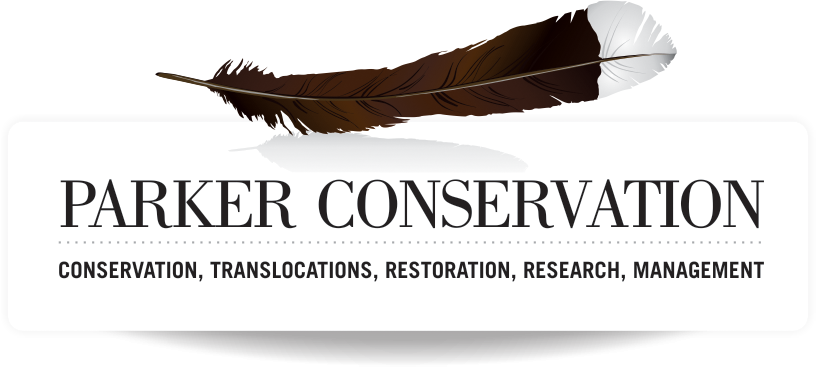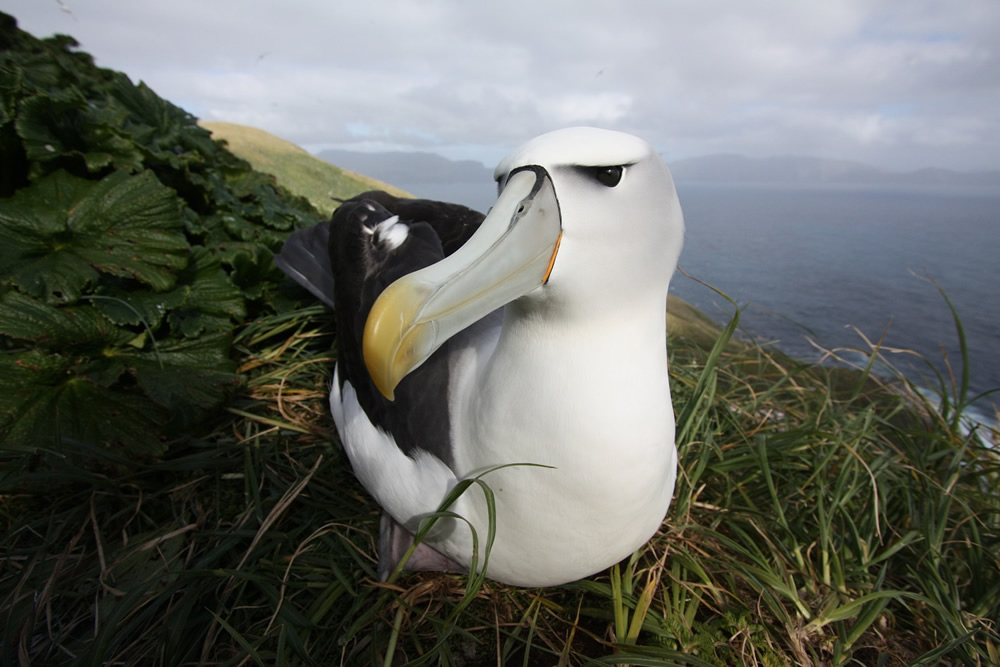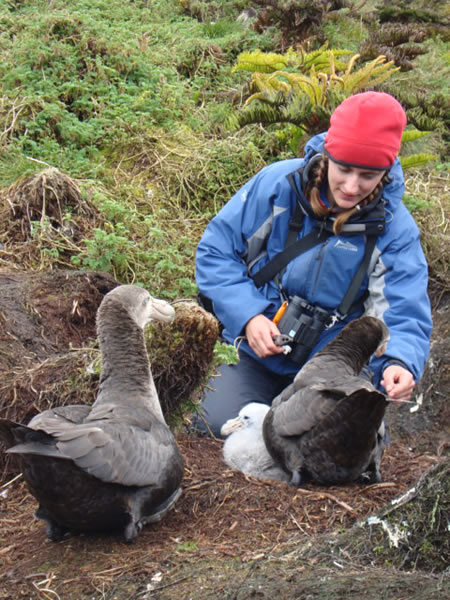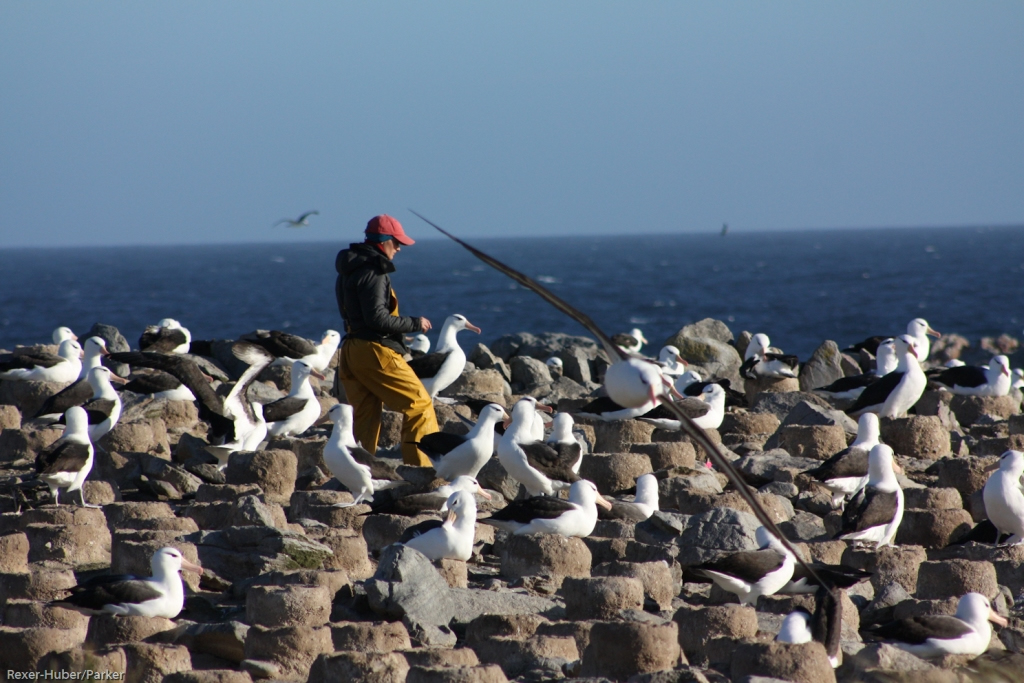
Southern Ecosystems and Seabirds
Our work in the far south has three major strands: fisheries impacts on seabirds, rodent eradication, and population monitoring.
Graham has spent almost twelve months at sea on commercial fishing vessels quantifying incidental seabird mortality, designing novel mitigation and mortality-detection equipment, and trialing this gear at sea under all possible conditions.
We have answered key questions associated with rodent eradication from several subantarctic island groups, investigating mice densities and baiting rates, evaluating the effect on non-target species and trialing methods to mitigate that risk.
Our monitoring work ranges from plant and animal surveys to demographic studies allowing accurate population estimates and modelling. We have produced albatross and petrel population censuses, managed and trialed invasive plant eradication processes, and tracked seabirds to understand species movements and what marine threats they may encounter.
We have proven ability in conducting research in the often challenging subantarctic environment, taking key research and management questions and delivering quality answers.
As animals don’t recognize political boundaries, information-sharing and collaborations are critical to achieving conservation aims. Our work in South Africa, Gough, Falkland and South Georgia Islands as well as at home in New Zealand allows us to collaborate with other workers in the field, finding synergies to use scant resources most effectively.
Translocation
Conservation and translocation for birds, wildlife and plants.
RESTORATION
SEABIRDS AND FISHERIES
CONSERVATION RESEARCH
Kārearea / NZ falcon
Working with Kārearea / NZ falcon, forestry and farm
FACILITATION AND DECISION MAKING
Facilitation and decision making for threatened species management.


